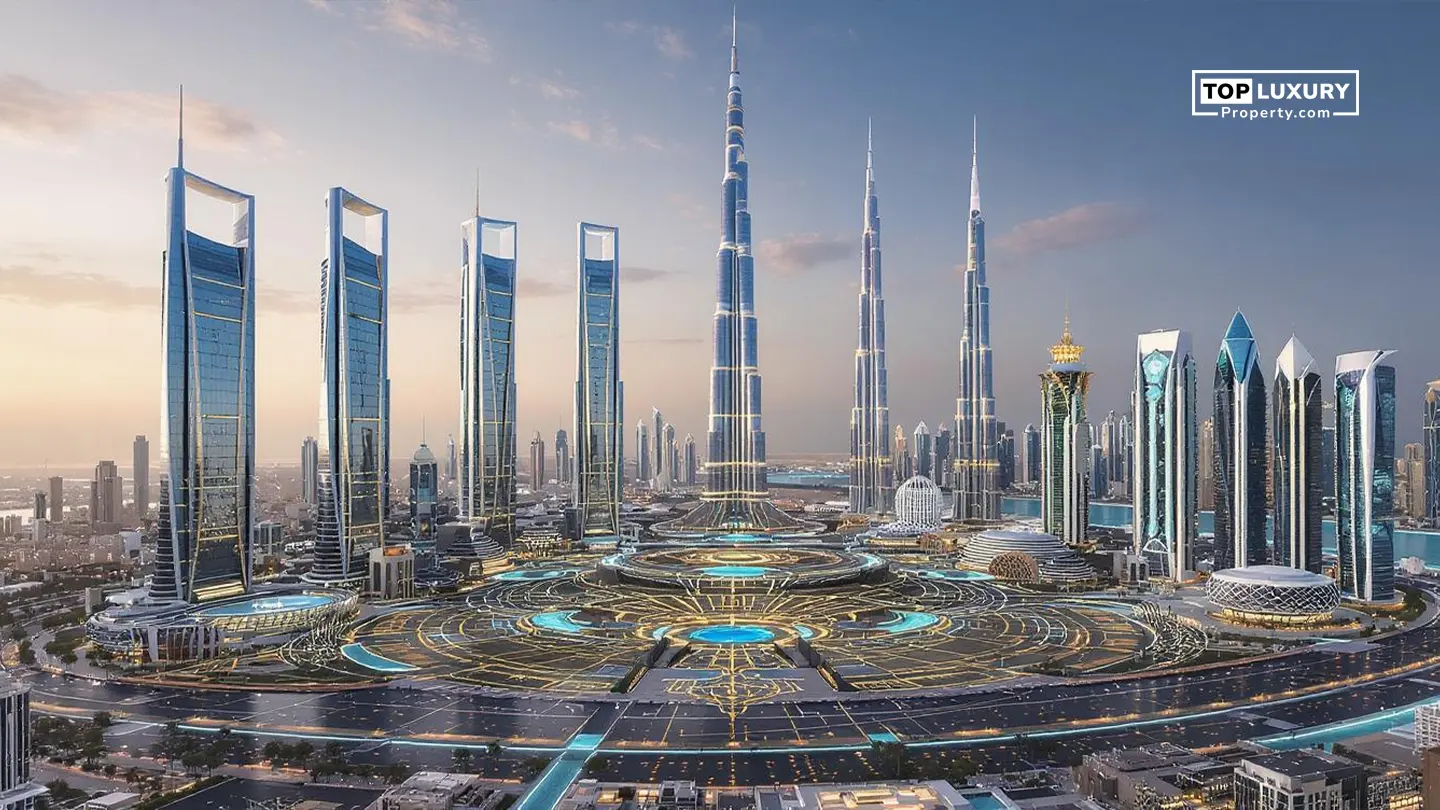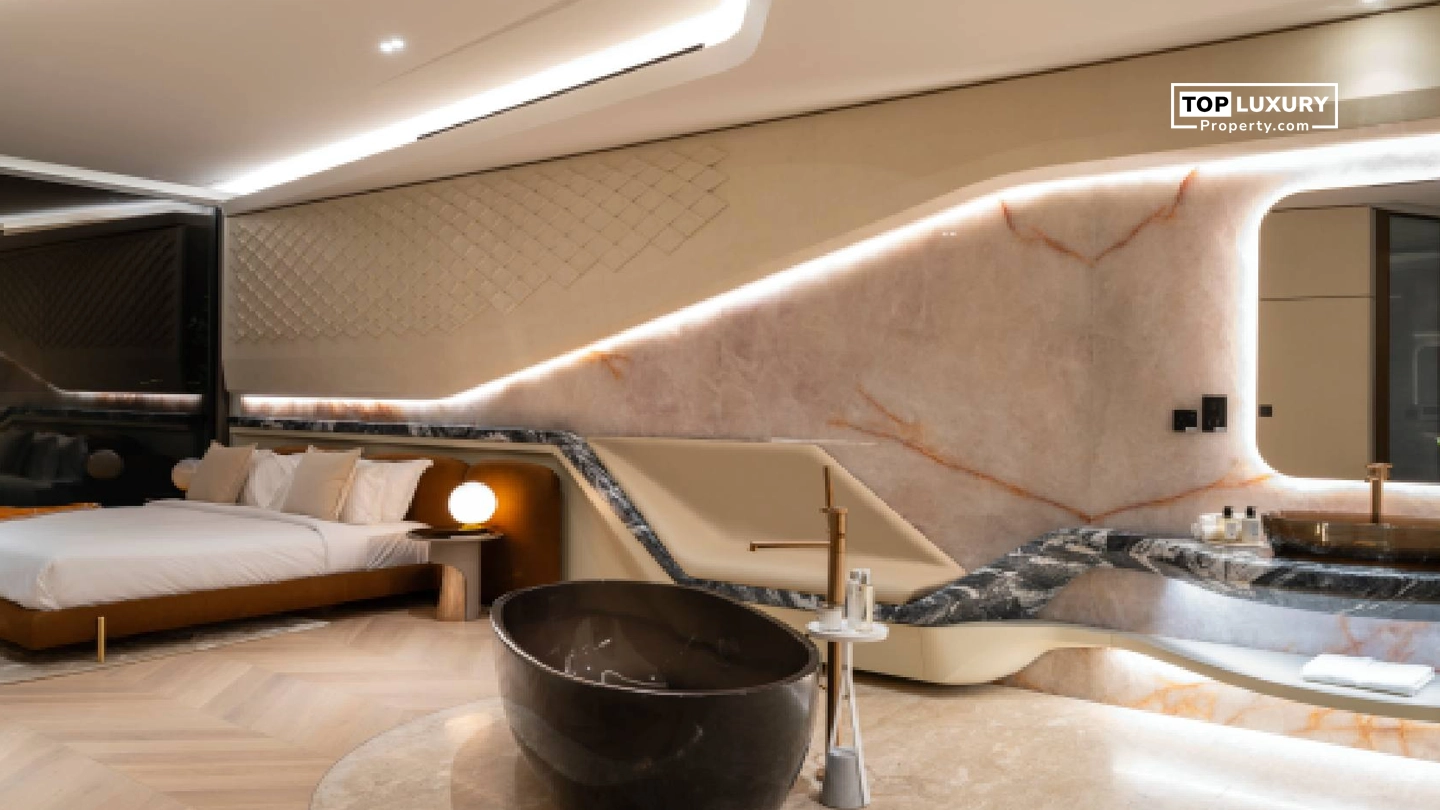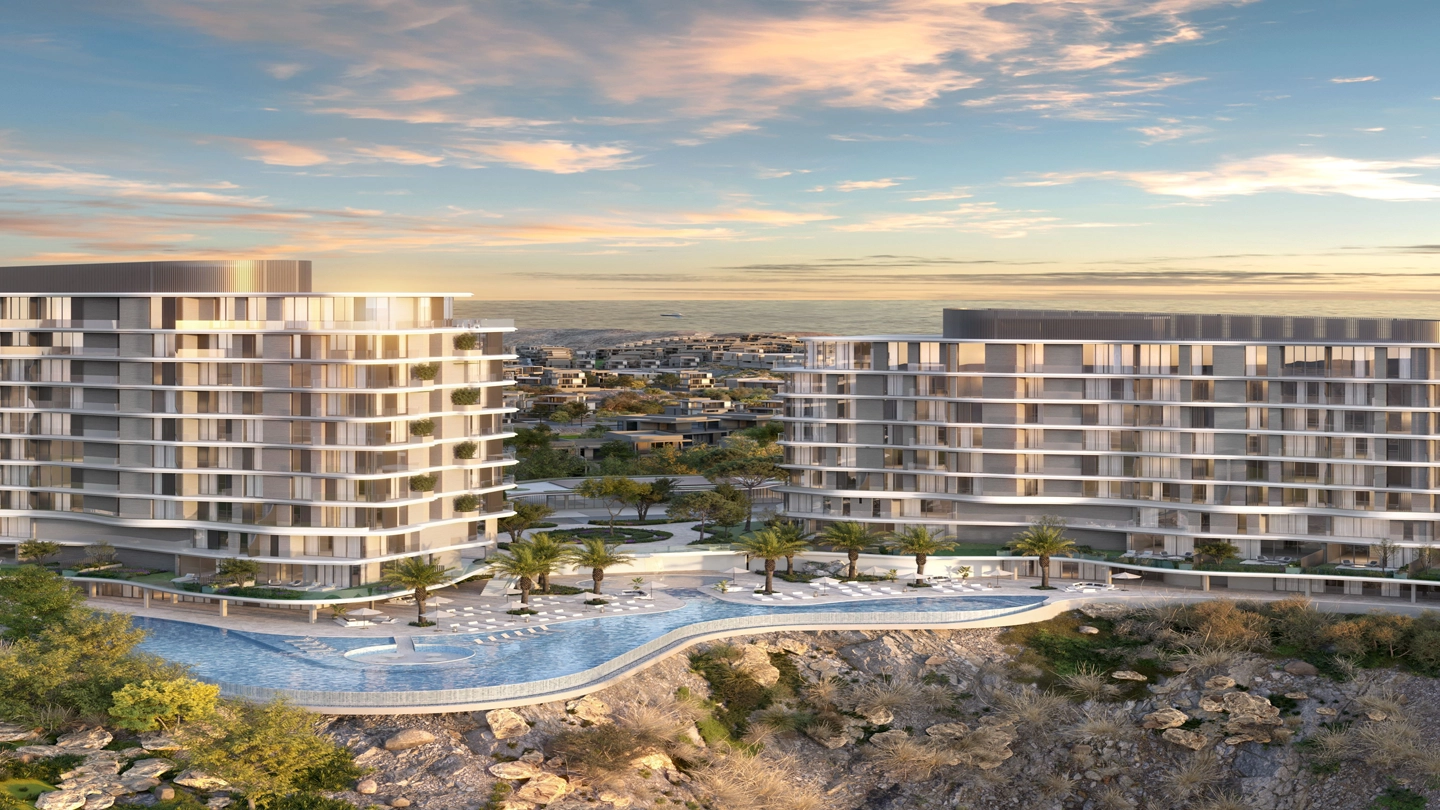Vastu For Homes : Balancing Energy And Innovation
Think of this: You walk into a space and instantly feel balanced, clear and energised. How is this possible in today’s developments? Where everything is about speed, aesthetics but no one plans for the space or room to be energetically balanced?
Our ancient science gives us the power of Vastu, which connects our daily life and structure in harmony with natural forces. Codified in texts like Manasara and Samarangana Sutradhara, Vastu means “the science of architecture” guiding placement, orientation and geometry.
Today, architects know that Vastu for home is not restrictive; it enhances daylight, natural airflow and psychological comfort in both homes and offices. By aligning entrances to east or north-east, zoning rooms by elemental energy and using thoughtful proportions and colours, you invite well-being, productivity and tranquility into your space.
Understanding Vastu Shastra: Principles and Origins
Vastu Shastra believes every structure interacts with universal energies. This system considers directions, elements and gravity to place rooms, doors and windows. The goal: to ensure positive energy, Prana, flows smoothly. Applying these Vastu Principles for home brings health, happiness and prosperity.
The Five Elements and Directions
Vastu Shastra is based on Earth, Water, Fire, Air and Space (Pancha Bhootas). Each element is linked to specific directions and life aspects. Northeast is connected to Water (spiritual growth); Southeast is tied to Fire (health, money). Understanding these elemental connections is key to Architecture Design as per vastu. Balancing them is important; ignoring alignments can cause discomfort.
Historical Context and Evolution
Vastu Shastra evolved over centuries from ancient Indian texts. Initially for temples and palaces, the rules showed a deep understanding of cosmic geometry. Over time the principles were adapted for homes and became part of traditional Indian housing. Many still consult Vastu experts today, that’s how relevant it is in creating beautiful and well being spaces.
Harmonizing Spaces: Vastu’s Role in Architectural Design
Vastu Shastra plays a vital role in modern Architectural Design, which creates balanced, energetic spaces beyond aesthetics. Focusing on how a building interacts with its surroundings and occupants, vastu principles design a space actively vibrating with positive energy. This careful planning ensures every area contributes to peace and productivity.
Optimizing Layout for Positive Flow
A building’s layout is key to energy flow. Strategic placement of rooms, doors and windows ensures positive cosmic energies move freely. For example, the kitchen is in the Southeast (fire element), and bedrooms are in the Southwest for stability. Aligning each area’s purpose with Vastu directions makes the space functional and feel better, creating naturally comfortable places.
The Importance of Orientation
A building’s direction is a basic part of Vastu Shastra. It controls how natural elements like sunlight, wind and Earth’s magnetic fields interact. Correct orientation brings good natural energies; incorrect alignment invites less desired influences. A north facing home is often considered lucky for wealth. Explore North facing home benefits for more. Proper orientation also helps in energy saving, reducing dependence on artificial climate control and creating a healthier indoor space.
Energy Flow and Spatial Planning in Vastu
Energy flow is the core of Vastu Shastra; it affects all spatial planning. Vastu says unseen energy currents, Prana, fill all spaces. The goal: guide these energies positively, make people lively and well. This requires careful planning for every room and every item. Good spatial planning as per Vastu ensures each area works best and overall energy balance.
Designing for Health and Prosperity
Vastu provides specific guidelines for designing spaces for health and success. Master bedrooms in Southwest are for stability and good health. Northeast areas linked to water are good for prayer or meditation for spiritual growth. Some placements like toilets in the Northeast are not recommended as they drain positive energy. Following these architectural designs as per vastu will support physical health and financial success, and overall quality of life.
Open Spaces and Ventilation
Open spaces and ventilation is essential for continuous energy flow. Vastu says let fresh air and natural light reach every part of the building. Stale air and dim light can create negative energy and affect mood and health. Design for cross ventilation and add courtyards or large windows to ensure positive energy flow and good indoor air quality and connect with outside. Explore Vastu for gardens and balconies.
Vastu Guidelines for Residential Architecture
For homes, Vastu Guidelines for Residential Architecture offer a plan to create peaceful, successful havens. These guidelines cover everything from land choice to interior decor, ensuring every part helps create a good living space. Following these rules greatly improves your family’s well-being.
Using Vastu ideas in your home’s design actively helps reduce stress and creates a peaceful atmosphere. It’s about building a real home that nurtures its inhabitants. For property buyers, a Vastu checklist for property Buying can be very helpful.
Plot Selection and Foundation
Building a Vastu-friendly home starts with carefully choosing the land. Vastu emphasizes shape, slope, and soil quality. Square or rectangle plots are generally lucky, bringing stability and success. Avoiding odd shapes is key, as they can cause energy problems. Learn more about Vastu for plot selection. The house’s foundation is also important; a strong, aligned foundation, built per Vastu rules, provides a stable base for positive energies.
Designing Key Rooms
Each room has a specific Vastu-recommended direction for maximum positive effect.
- Main Entrance: Primary energy gateway; East or North are lucky. Learn more about Vastu for home entrance.
- Kitchen: Best in Southeast (fire element), vital for health. Best color for kitchen affects energy.
- Bedrooms: Ideally Southwest for stability. Avoid beds under beams.
- Study Room: Northeast or West are good for study, helping focus. Explore Vastu tips For Study room.
- Bathrooms: Northwest or West, avoiding Northeast. Specific Vastu tips For Bathroom optimize these spaces.
Interior Elements and Decor
Beyond building parts, Vastu guides interior items: furniture, colors, and plants. Light, bright colors are preferred for positive energy. Find the best Vastu colors for your home. Natural elements like indoor Vastu Plants improve energy flow, bringing good luck. Even your home’s Home naming can follow Vastu, so adjust it.
Integrating Vastu in Commercial Building Design
Vastu Shastra rules are equally important for commercial buildings. Using Vastu in offices, shops, and factories affects productivity, employee well-being, and business success. A carefully designed commercial space attracts good chances and helps growth. Businesses in Vastu-friendly places often report better morale and fewer problems. This old science offers a clear advantage in creating useful and energetically supportive business places. Even in Dubai, Vastu Shastra for Dubai Homes is gaining recognition.
Office Layout and Employee Productivity
In offices, office layout plays a big role in productivity and teamwork. Vastu suggests specific directions for the owner’s room (Southwest) and employee seating (North or East) to focus and efficiency. Good lighting and airflow is a must for a lively work environment. A Vastu-aligned office can lead to fewer days off and better decision-making, energized and motivated employees. Think how Vastu for home Office rules apply to bigger spaces.
Retail and Business Spaces
For shops and businesses, Vastu focuses on attracting customers and steady money flow. The main entrance, cash counter and product display are crucial. Putting the cash counter in the North or East facing inwards attracts financial success. Customer movement is planned to encourage buying. Studies show that Vastu following businesses can report 15-20% increase in positive customer feedback and sales, which is the benefit of creating welcoming and successful spaces.
Manufacturing and Industrial Units
Even big factories benefit from Vastu rules. Smart placement of machines, raw materials and finished goods and factory entrance direction affects efficiency and safety. Heavy machines are often suggested for the Southwest, stability. Proper Vastu alignment in industrial spaces leads to fewer accidents, smoother production and better worker relations, a balanced and productive environment.
Environmental and Psychological Benefits of Vastu
Vastu Shastra offers benefits beyond building strength, including significant benefits for the environment and people’s mind. Designing with Vastu promotes sustainability and mental well-being. This old science encourages a deep connection with nature, healthier living. You will find Vastu friendly buildings feel calmer and more balanced, positive impact on mood and health. This complete approach ensures your space is a supportive system.
Natural Harmony and Sustainability
Vastu principles promote natural harmony and sustainable living. By focusing on best building direction, maximum natural light and good ventilation, Vastu reduces the need of artificial heating, cooling and lighting. That means less energy consumption and smaller carbon footprint, fits perfectly with modern green building goals. A Vastu aligned building can naturally keep indoor temperature comfortable, may be up to 30% less need of air conditioning. This working with nature approach makes Vastu a precursor to modern sustainable architecture.
Mental and Emotional Well-being
The benefits of living or working in a Vastu space are profound. Balanced energy and peaceful design helps in inner calm, reduces stress and worry. Proper room placement and chosen colors can impact mood and focus. Using calming colors in bedrooms for example can lead to better sleep. You will notice big improvement in overall well being, more positivity and less irritation. This is because Vastu creates an environment that supports clear thinking and emotional balance.
Table: Vastu Directions and Their Influences
| Direction | Associated Element | Primary Influence | Ideal For |
|---|---|---|---|
| North-East | Water | Health, Spirituality, Wisdom | Prayer room, Study, Water features |
| East | Sun/Air | Growth, Social connections, New beginnings | Main entrance, Living room |
| South-East | Fire | Health, Wealth, Energy | Kitchen, Electrical appliances |
| South | Fire/Earth | Fame, Relaxation, Stability | Bedrooms (for rest), Storage |
| South-West | Earth | Stability, Relationships, Skill | Master bedroom, Owner’s cabin |
| West | Air/Space | Gains, Children, Creativity | Children’s room, Dining area |
| North-West | Air | Support, Opportunities, Movement | Guest room, Toilets, Garage |
| North | Water/Earth | Wealth, Career, Opportunities | Cash counter, Main entrance, Study |
Modern Architecture Meets Vastu: Challenges and Opportunities
Modern architecture meets Vastu Shastra brings challenges and opportunities. In an era of tall buildings and crowded city living, using old rules seems tough. But growing demand for peaceful and healthy living spaces is good ground for new ways to use Vastu. Modern architects are looking for ways to combine Vastu rules with designs that are sustainable and nice to look at. This mix results in buildings that are not only visually stunning but also energetically balanced, truly the best of both worlds.
Overcoming Design Constraints
One major challenge in combining Vastu with modern building practices is getting past design constraints set by city planning, small plots and existing buildings. Modern buildings focus on maximizing space and following strict rules which sometimes go against traditional Vastu layouts. But solutions are emerging. Architects are now using flexible design methods like adding Vastu friendly areas within bigger non-compliant buildings or using fixes like Vastu Pyramids to correct energy problems. This adaptable way allows Vastu’s benefits to be gained even in tough city environments.
Vastu Inspired Design
Despite the challenges, there’s a clear and growing trend towards architectural designs as per vastu. Homeowners and property developers are seeing the real value in creating spaces that truly promote well-being and positive energy. This recognition has increased the demand for architects who know both modern design methods and old Vastu rules. This is a great opportunity for new ideas, to combine advanced materials and techniques with timeless wisdom. The result is buildings that are not only useful and visually appealing but also connected to the overall health of the people in them.
Future Trends and Global Adoption
The path of architecture is moving towards complete and sustainable practices where Vastu Shastra can play a big role. As global awareness about personal health and environmental impact grows, Vastu’s focus on natural harmony and energy efficiency becomes even more important.
You will see more Vastu friendly designs emerging. From big home complexes to corporate headquarters, Vastu rules are being applied in different cultures and climates. This global acceptance shows that old wisdom can indeed thrive in modern world. Remember to check Things to Avoid for best Vastu results.
Conclusion
In short, Vastu Shastra is a deep and long term framework for building design, beyond construction. By aligning buildings with natural energies and cosmic rules, Vastu creates spaces that bring peace, well-being and success to the people in them. While it has its challenges, using Vastu in modern architecture has big opportunities for new, sustainable and energy balanced designs.
Using Vastu means building not just physical structures, but lively living places that resonate with good feelings, ultimately making life better. As you start your next building project, remember Vastu’s amazing power to turn spaces into true havens of peace and productivity.





_(2)_638647637563832478_820465_.webp)
